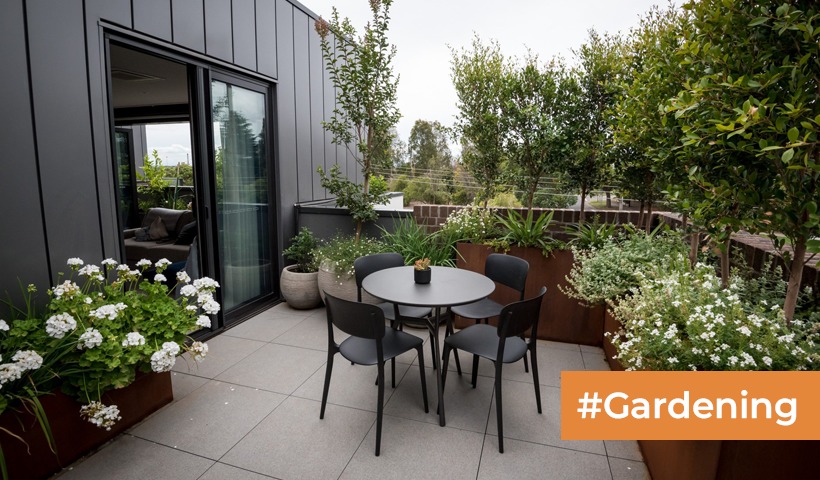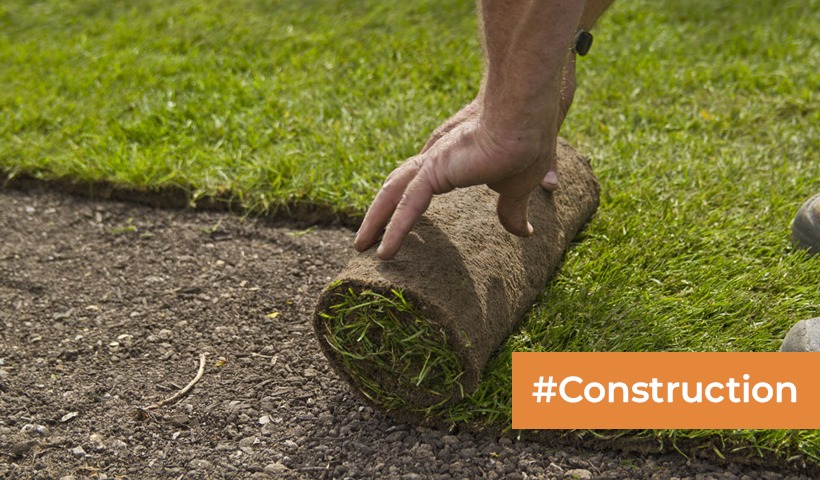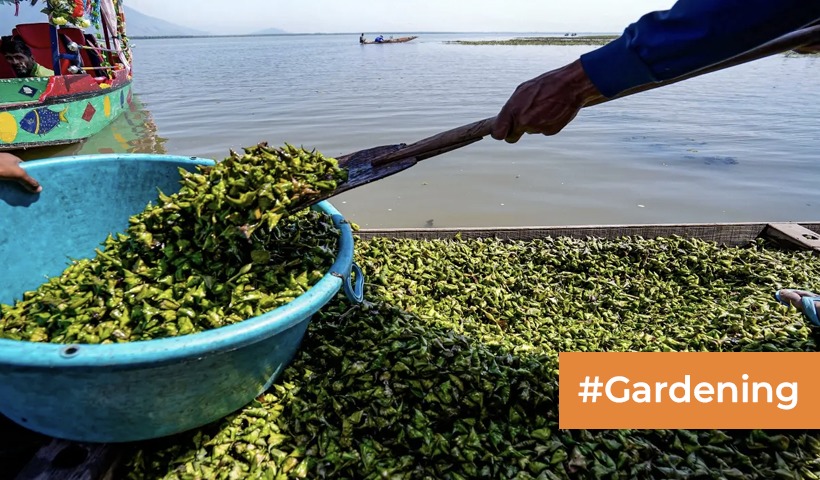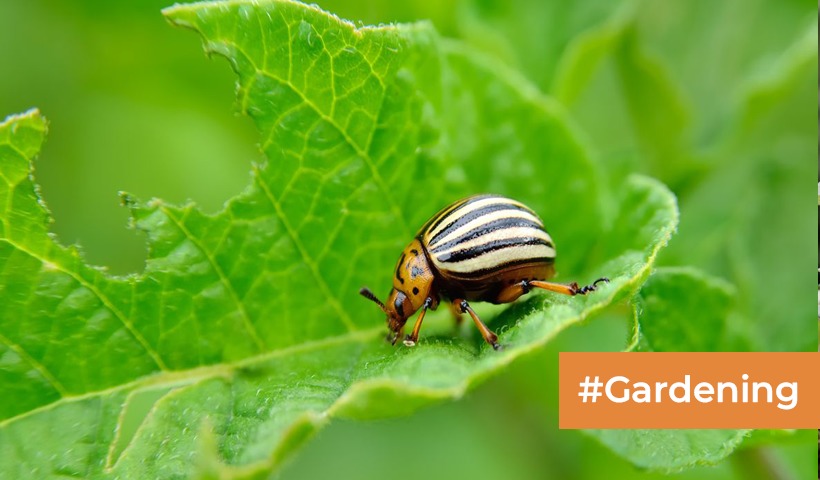Redwood Tree: How to Grow and Care for It
Redwood trees are among the most majestic and iconic trees on the planet. Towering over forests with their impressive height, these trees are not only breathtaking to behold but also serve as vital components of ecosystems. Whether you’re a gardening enthusiast or a nature lover, growing and caring for redwood trees can be a rewarding experience.
Choosing the Right Location
Climate Considerations
Before planting a redwood tree, it’s crucial to consider the climate of your region. Redwoods thrive in areas with mild temperatures and high humidity, typically found along the coastal regions of California and Oregon.
Soil Requirements
Redwood trees prefer well-draining soil that is rich in organic matter. They can tolerate a variety of soil types, including loam, clay, and sandy soils, as long as the soil is moist and not waterlogged.
Selecting the Right Species
When choosing redwood trees for your garden, you’ll encounter two main species: coastal redwoods (Sequoia sempervirens) and giant sequoias (Sequoiadendron giganteum). Coastal redwoods are taller and narrower, while giant sequoias are shorter but have larger trunks.
Obtaining Redwood Seeds or Seedlings
Where to Find Them
Redwood seeds and seedlings can be found at nurseries, botanical gardens, and online retailers specializing in native plants.
Buying Tips
When purchasing redwood seeds or seedlings, look for reputable sellers who offer healthy and well-established plants. Check for any signs of disease or damage before making your purchase.
Planting Redwood Trees
Timing
The best time to plant redwood trees is in the early spring or fall when the weather is mild and there is plenty of moisture in the soil.
Proper Planting Techniques
Dig a hole that is twice as wide and just as deep as the root ball of the seedling. Gently place the seedling in the hole and backfill with soil, making sure to firm it gently around the roots.
Watering and Fertilizing
Watering Frequency and Methods
Redwood trees require regular watering, especially during the dry summer months. Use a soaker hose or drip irrigation system to provide deep, thorough watering, ensuring that the soil stays consistently moist but not waterlogged.
Fertilizing Schedule and Types
Fertilize young redwood trees with a balanced fertilizer in the spring, and then again in the fall. Avoid over-fertilizing, as this can lead to excessive growth and weak branches.
Pruning Redwood Trees
When to Prune
Prune redwood trees in late winter or early spring while they are still dormant. Remove any dead, damaged, or diseased branches, as well as any crossing or overcrowded branches.
Techniques for Healthy Growth
Prune redwood trees to maintain a central leader and a balanced canopy. Use clean, sharp pruning tools to make smooth cuts and avoid tearing the bark.
Dealing with Pests and Diseases
Common Pests and Diseases
Redwood trees are relatively resistant to pests and diseases, but they can still be susceptible to issues such as aphids, scale insects, and fungal infections.
Prevention and Treatment
Monitor your redwood trees regularly for signs of pest infestations or disease. Use horticultural oils or insecticidal soaps to treat minor pest problems, and prune out any infected branches to prevent the spread of disease.
Protecting Redwood Trees from Environmental Stress
Wind Protection
Redwood trees have shallow root systems and can be susceptible to wind damage, especially when young. Plant them in a sheltered location or use windbreaks to protect them from strong winds.
Mulching
Apply a layer of organic mulch around the base of your redwood trees to help retain moisture in the soil, suppress weeds, and regulate soil temperature.
Growth Expectations
Rate of Growth
Under optimal growing conditions, redwood trees can grow several feet per year, eventually reaching heights of over 300 feet.
Factors Influencing Growth
The growth rate of redwood trees can be influenced by factors such as soil quality, climate, water availability, and sunlight exposure.
Landscaping with Redwood Trees
Design Considerations
Redwood trees can serve as stunning focal points in garden landscapes, providing shade, privacy, and aesthetic appeal. Incorporate them into your garden design to create a natural and serene environment.
Complementary Plants
Choose companion plants that thrive in the same growing conditions as redwood trees, such as ferns, rhododendrons, and azaleas. Avoid planting competing species that may compete for resources or inhibit the growth of your redwood trees.
Redwood Tree Maintenance
Regular Care Routines
Maintain a regular care routine for your redwood trees, including watering, fertilizing, pruning, and monitoring for pests and diseases.
Monitoring for Issues
Keep an eye out for any signs of stress or decline in your redwood trees, such as yellowing leaves, dieback, or unusual growth patterns. Address any issues promptly to prevent further damage.
Environmental Benefits of Redwood Trees
Carbon Sequestration
Redwood trees are highly effective at sequestering carbon dioxide from the atmosphere, making them valuable allies in the fight against climate change.
Habitat Preservation
Redwood forests provide vital habitat for a diverse array of plant and animal species, including endangered species such as the marbled murrelet and the northern spotted owl.
Cultural Significance of Redwood Trees
Native American Heritage
Redwood trees hold deep cultural and spiritual significance for Native American tribes, who have relied on these forests for sustenance, shelter, and ceremonial purposes for thousands of years.
Conservation Efforts
Efforts to conserve and protect redwood forests are ongoing, with organizations working to preserve these ancient ecosystems for future generations to enjoy.
Conclusion
In conclusion, growing and caring for redwood trees can be a fulfilling and rewarding endeavor. By following the tips outlined in this guide, you can cultivate healthy, thriving redwood trees that will provide beauty, shade, and environmental benefits for years to come.
FAQs (Frequently Asked Questions)
- How fast do redwood trees grow? Redwood trees can grow several feet per year under optimal conditions, eventually reaching heights of over 300 feet.
- Are redwood trees difficult to care for? While redwood trees require some maintenance, they are relatively low-maintenance compared to other tree species.
- Can I grow redwood trees outside of California? Redwood trees can be grown outside of California in suitable climates, such as the Pacific Northwest.
- Do redwood trees attract pests? Redwood trees are relatively resistant to pests and diseases, but they can still be susceptible to issues such as aphids and scale insects.
- Are redwood trees endangered? While some species of redwood trees are endangered, concerted conservation efforts are underway to protect and preserve these iconic trees.
Disclaimer: The views expressed above are for informational purposes only based on industry reports and related news stories. PropertyPistol does not guarantee the accuracy, completeness, or reliability of the information and shall not be held responsible for any action taken based on the published information.




